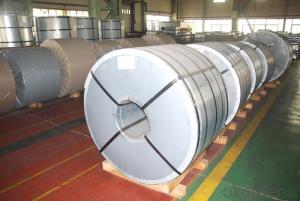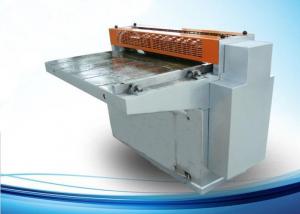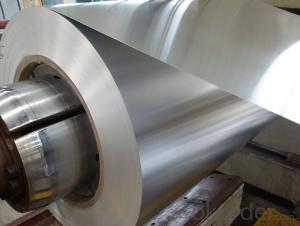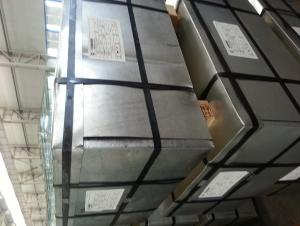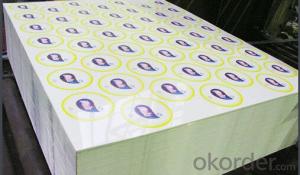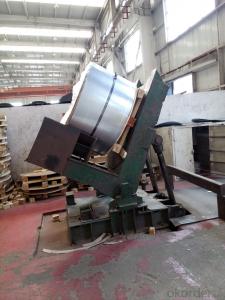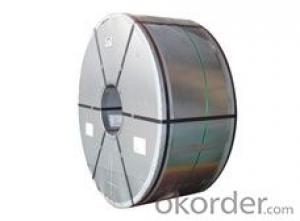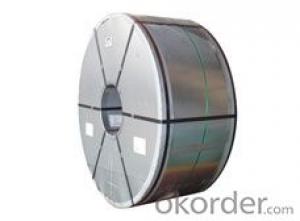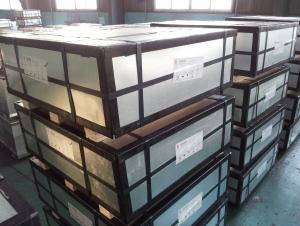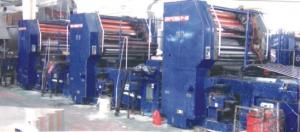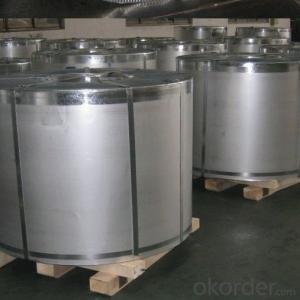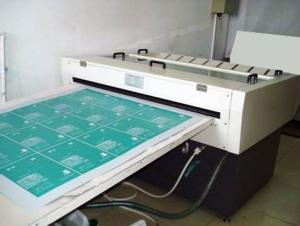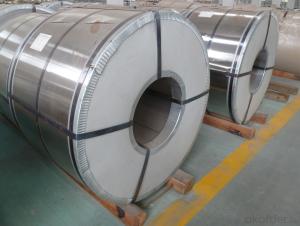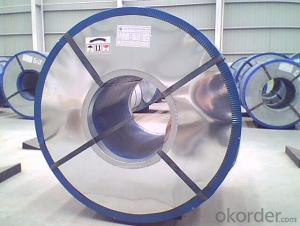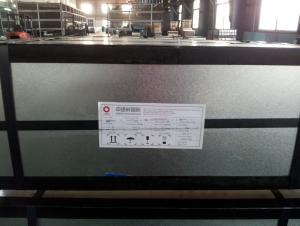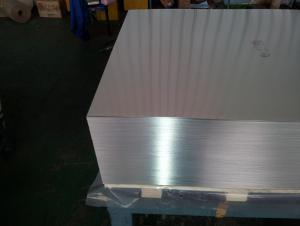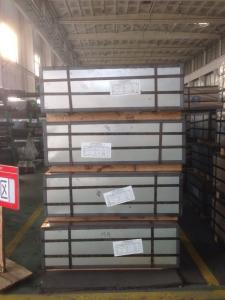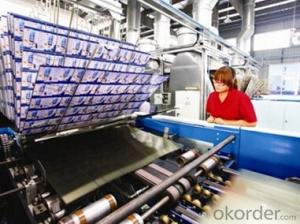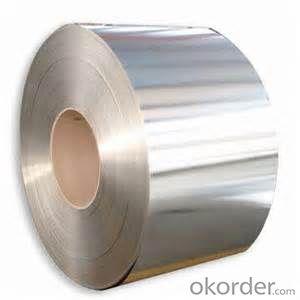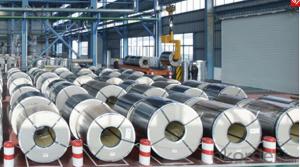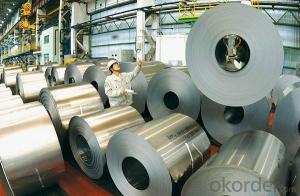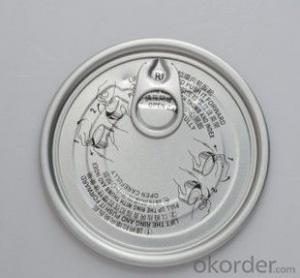Italy Tinplate
Italy Tinplate Related Searches
Spain Tinplate Tinplate China Tinplate Uk Printed Tinplate South Africa Tinplate Turkey Tinplate Buy Tinplate Tinplate Material Printing Tinplate Thai Tinplate Tinplate Coating Tinplate Products Tata Tinplate Nse Tinplate Tinplate Production Tinplate Printing Thyssenkrupp Tinplate Tinplate Company Tinplate Tins Tinplate Factory Spte Tinplate Tinplate Iron Tinplate Packaging Tinplate Products Ltd Tinplate Metal Tinplate Market Tinplate Share Lacquered Tinplate Tinplate Recycling Tinplate PriceItaly Tinplate Supplier & Manufacturer from China
Italy Tinplate, a high-quality metal product, encompasses a range of tin-coated steel sheets that are widely recognized for their excellent corrosion resistance and durability. These sheets are coated with a thin layer of tin, which not only enhances their appearance but also provides them with superior protection against rust and other forms of degradation. The applications of Italy Tinplate are vast, as it is commonly used in the manufacturing of food cans, beverage cans, aerosol containers, and various other packaging materials. Additionally, it is utilized in the automotive, construction, and electronics industries due to its strength, flexibility, and resistance to wear and tear.Okorder.com is a leading wholesale supplier of Italy Tinplate, boasting a comprehensive inventory that caters to the diverse needs of various industries. With a strong commitment to quality and customer satisfaction, Okorder.com ensures that the Italy Tinplate they provide meets the highest standards of performance and reliability. This extensive selection of tinplate products allows customers to find the perfect fit for their specific requirements, whether it's for packaging, construction, or any other application.
Hot Products
